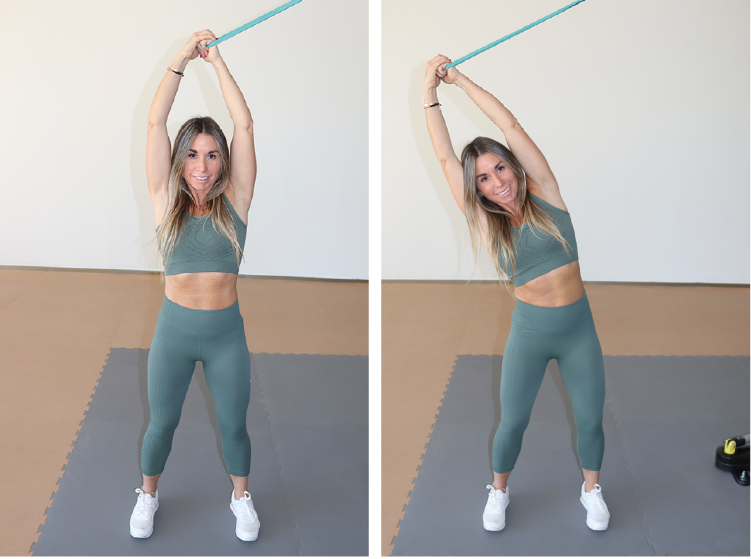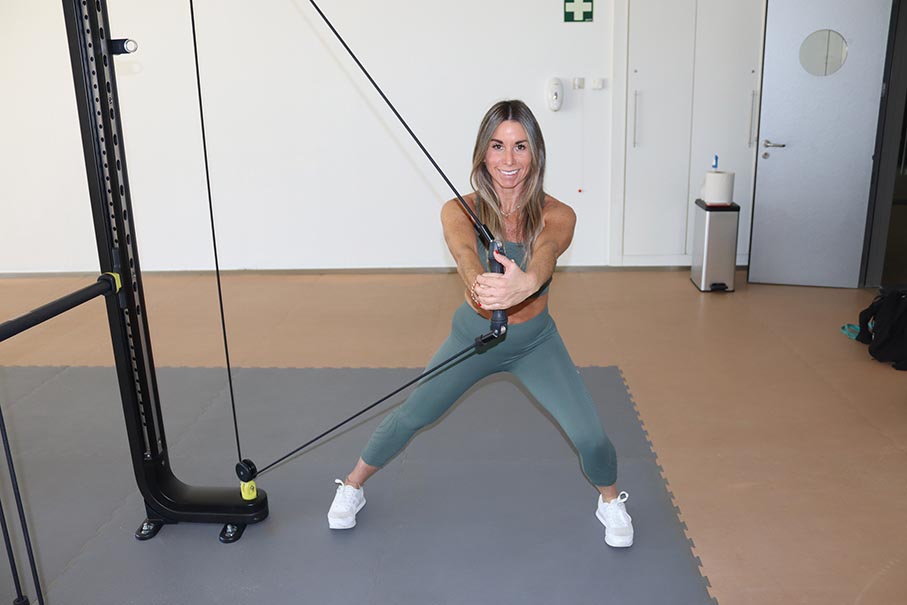If you want to achieve a consistent swing, you need to be aware that stability plays an essential role.
If you don't have sufficient stability and motor control to transfer energy efficiently, it will be impossible to generate speed and adequate rotation (turn and reverse turn), as stability and rotation go hand in hand – together with mobility.
It is common to see golfers who do not have good stability make technical errors during the backswing or downswing, and consequently experience difficulty remaining stable after hitting the ball.
Imagine hitting a ball on top of a surfboard. You would rarely be able to achieve a consistent and powerful swing, as our body needs to compensate – and, therefore, exert energy – to be able to stabilise itself.
On the other hand, having good stability will not only improve your golf swing but also help prevent injuries. A lack of core stability, for example, can lead to back pain or injury.
So, if you want to obtain more power out of your swing while also preventing injury, improve your stability with a rotational and anti-rotational component.
Here I show you some exercises that test stability, but remember that they are just examples – and ultimately they must be selected according to the characteristics of each golfer.

Exercise 1
While standing, extend your arms above your head, grasping a rubber band or pulley located above (hand closest to the rubber band or pulley below). From that position, perform a lateral torso tilt and return to the starting position. Bend your knees a little. Repeat for the other side.

Exercise 2
Stand in front of the bar and from a lunge position bring the bar with the ball to one side (torso rotation). As you extend your legs, bring the bar to the front and at the same time raise the leg that was behind. Always look ahead. Change legs and the rotating side.

Exercise 3
Stand to one side of a pulley or elastic band placed at chest height, and extend your arms out in front. From there perform a side squat (photo), return and, as you do so, raise your outside leg (the one that does the squat) to about 90 degrees – trying to keep the body as stable as possible. Always keep your hands and grip in the centre of the chest.








